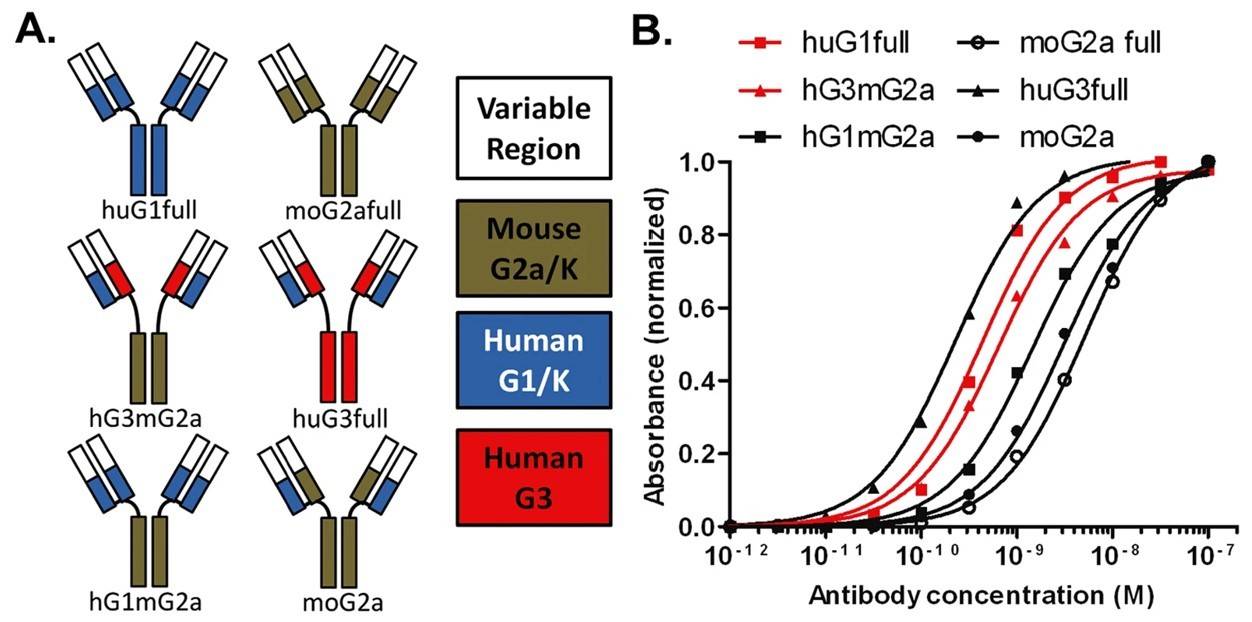Therapeutic Glycoprotein Drug Applications Status
Therapeutic glycoproteins represent a rapidly growing segment of the biopharmaceutical industry with total sales of many tens of billion dollars annually. These products include several protein classes such as enzymes, hormones, cytokines, growth factors, clotting factors, as well as monoclonal antibodies and Ig-Fc-Fusion proteins. The increasing demand for biotherapeutics for the treatments of diseases, such as cancer, immune disorders, infectious diseases, genetic disorders, and ailments such as Alzheimer’s and Parkinson’s, are the main drivers for the development of glycoprotein therapeutics.
Recombinant Therapeutic Glycoprotein
-
Cytokines
Interferons (IFNs), also called macrophage-activating factors. The main effect exhibited by these IFN includes an increase in oxidative metabolism of macrophages, antibody-dependent cellular cytotoxicity (ADCC), and major histocompatibility (MHC) antigens. Actimmune (IFN-γ-1b) was found to be effective in the improvement of osteoclast function by enhancing superoxide function of phagocytes in vivo in patients suffering from severe malignant osteoporosis. IFN β-1b is a drug in the IFN family, commonly used for the treatment of relapsing-remitting and secondary progressive forms of multiple sclerosis (MS).
-
Granulocyte-colony stimulating factor (G-CSF)
The function of G-CSF is to augment the proliferation and differentiation of granulocytes. The FDA approved recombinant human G-CSF in 1991 for a very broad indication in patients with solid tumors, lymphomas, and leukemia undergoing myelotoxic chemotherapy.
Dornase Alfa
Dornase alfa is a pure solution of recombinant human deoxyribonuclease I (rhDNase) that cleaves DNA molecules selectively. Its potential in the cleavage of DNA present in sputum/mucus of patients suffering from cystic fibrosis has been explored. It is produced in CHO cells. In newborns having persistent atelectasis, that did not respond to other treatments when given a single dose of rhDNase as a mucolytic agent result in a cure.
Insulin-like growth factor 1 (IGF-1) is also called somatomedin C and is referred to as sulfation factor. IGF-1 is a hormone similar in molecular structure to insulin, and plays an important role in childhood growth; however, in adults, it has anabolic effects. Growth hormone (GH) is also known as somatotropin. Effects of growth hormone on the tissues of the body can generally be described as anabolic. The most important effect of GH is to regulate height during childhood. It contributes to the maintenance and function of pancreatic islets and is also responsible for the stimulation of the immune system. Erythropoietin (EPO), a glycoprotein hormone that controls erythropoiesis, is required for erythrocyte precursors in the bone marrow. The sugar moiety of EPO plays a vital role as it delays clearance from blood circulation. In addition to erythropoiesis, EPO has other known biological functions such as vasoconstriction-dependent hypertension, stimulating angiogenesis, and inducing the proliferation of smooth muscle fibers.
Tissue plasminogen activator (tPA or PLAT) is a serine protease present in the lining of endothelial cells of blood vessels. tPA is extensively used in clinical medicine to treat embolic or thrombotic stroke. It is also used in hemorrhagic stroke and head trauma. Blood clotting FVIII, a crucial hetero-dimeric glycoprotein, is responsible for the formation of the blood clot. The recombinant human blood clotting factor VIII (rhFVIII) has been produced in hamster cells for their potential use in the treatment of hemophilia.
Antibodies are high molecular weight glycoproteins having a molecular mass of 150-160 kDa. Chimeric antibodies are genetically engineered molecules that retained the variable region (VH and VL), while the constant region of the murine portion is replaced with the human origin to reduce its immunogenicity. Several chimeric antibodies with specificities to tumor-associated antigens, and other antigens as well, have been produced.
 Fig.1 Construction of chimeric antibodies and affinity tests.1
Fig.1 Construction of chimeric antibodies and affinity tests.1
The fast-growing science of therapeutic proteins has led to the development of novel classes of engineered proteins. With the help of technologies such as phage display methods, researchers are now able to screen a large number of potential candidates for therapeutic use. Most of them have shown very promising results, some have entered clinical settings, and few have reached the market as well.
Creative Biolabs is a leader in glycoprotein research. Supported by progressive technologies and a qualified team, we manage the entire development process from start to finish. We will never compromise on quality and we are committed to providing efficacious products. Creative Biolabs is continuously recognized for its high-quality standards, uniquely positioning us as a trusted partner with numerous bodies worldwide. If you are interested in our glycoprotein services, please feel free to contact us for more.
Reference
-
Chan, Conrad E., et al. "The diagnostic targeting of a carbohydrate virulence factor from M. tuberculosis." Scientific reports 5.1 (2015): 10281. Under Open Access license CC BY 4.0, without modification.
For Research Use Only.
Resources

 Fig.1 Construction of chimeric antibodies and affinity tests.1
Fig.1 Construction of chimeric antibodies and affinity tests.1



